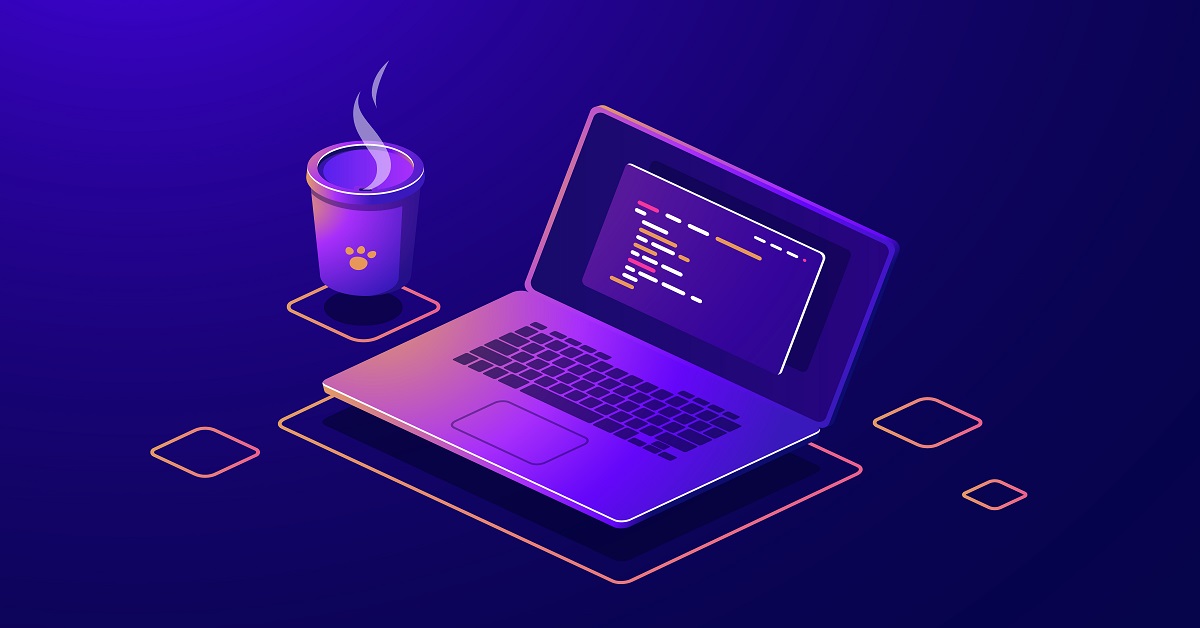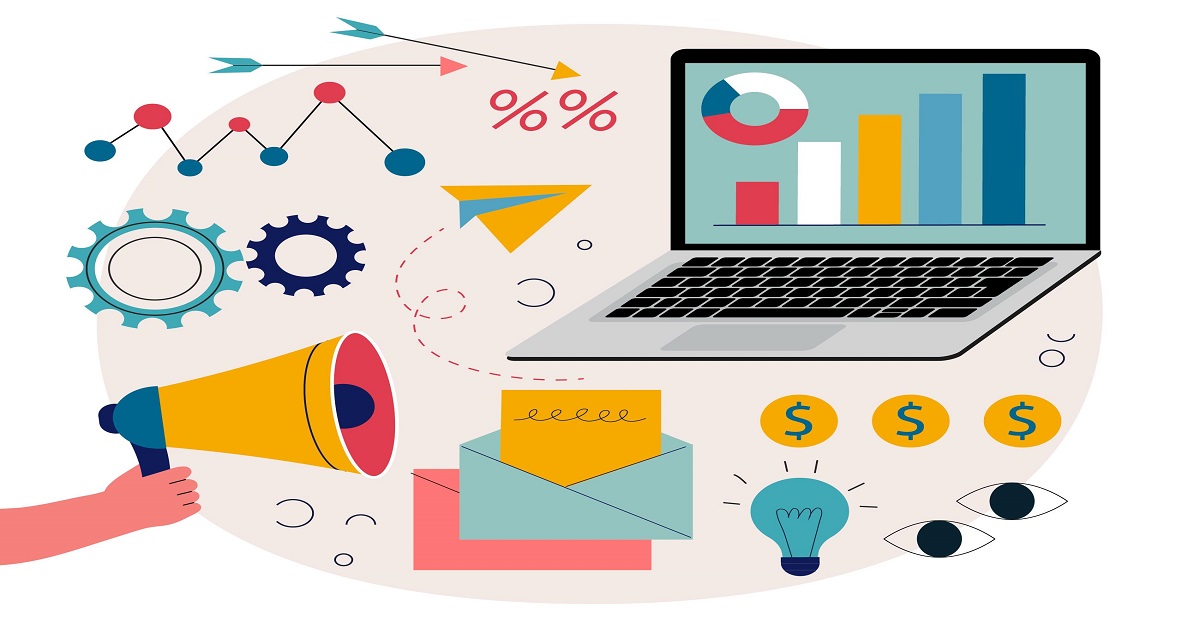Do you stand at the intersection of your data rise thinking whether you want to choose Python or R for data analysis? Don’t worry – you’re not alone. This is one of the most common questions asked by data analysts and even professionals in search of upskills.
Think of Python and R as two separate devices in a toolbox. Depending on the job, one may be better than the other. But knowing when to use – and why – can differentiate in your career path.
In this blog, we will help you decide which language meets your goals, interests, and career ambitions, without all the technical jargon. Whether you are a beginner, one in the middle of your career, or simply eager, this guide is for you.
Understand the main goals of Python and R
Python:
Python is a versatile, general-purpose language that is human intuitive and easy to learn. Although it is used in network development, automation, and software engineering, it has become an important strength in data analysis and machine learning due to powerful libraries such as Pandas, NumPy, Scikit-Learn, and TensorFlow.
R:
R was created by statisticians for statisticians. It was specially designed for data analysis, statistical data processing, and visualization. The syntax is sewn to mathematical notation, and the giant library supports everything from the ecosystem’s time series modeling to geospatial analysis.
Short Answer
If you are in a crowd:
Choose Python if you want versatility, easy integration with other tools, or a career in computer science or machine learning.
If you focus more on statistics, educational research, or quickly creating powerful data visualizations, choose R.
A quick introduction to both languages
Python is a general-purpose programming language that has become very popular in computer science, automation, and network development.
On the other hand, R was designed specifically for statistical analysis and visuals.
They provide great tools for data analysis — but they come from different backgrounds.
Python vs R for Data Analytics – What Sets Them Apart?
| Feature | Python | R |
| Ease of Learning | Beginner-friendly, clean syntax | More statistical, less intuitive for beginners |
| Community Support | Massive community across multiple domains | Strong in academia and statistics |
| Data Manipulation | Pandas, NumPy, PySpark | dplyr, data.table |
| Visualization | Matplotlib, Seaborn, Plotly | ggplot2, Shiny, Lattice |
| Machine Learning | Scikit-learn, TensorFlow, PyTorch | caret, mlr, but fewer options than Python |
| Integration & Deployment | Easily integrates with web apps, dashboards (Flask, Django) | Limited deployment tools |
| Best Use Case | Industry-focused data products, ML, automation | Research-heavy analytics, academic stats projects |
Data Manipulation and Analysis
Both languages provide powerful tools for working with data, but they differ in style:
Python:
Python depends a lot on libraries such as:
- Pandas for data manipulation
- NumPy for numeric calculation
- Dask for large-scale data processing
- Spark for distributed data
Python code is usually more readable, modular, and easy to scale. This is perfect for building data pipelines, cleaning large data sets, and combining analysis with APIs or machine learning workflows.
R:
The strength of R lies in statistical data processing. Key libraries include:
- dplyr
- table
- tidyverse
These let users make complex, low-code data transformations.
The syntax, although different, is expressive and concise for statistical functions.
Decision:
For strong, production-tailored pipelines → Python wins
For complex statistical analysis in a one-off setting → R is more expressive
Python vs R (2025 trends) in the job market
Today’s job report shows a clear trend:
Python appears in almost all data-related job descriptions, from analyst roles to machine learning engineering.
This does not mean that R is irrelevant, but Python is generally preferred and more in demand for long-term careers in data.
Python or R: What do companies use?
- Technical start-ups: Mostly use Python because of integration with web, ML, and API
- Finance and Insurance: R is still popular for statistical modeling
- Health Services and Research: R is used for clinical tests and bioinformatics
- Retail, logistics, marketing: Dashboards, automation — Python for function
So your industry can also affect your choice.
Python vs. R for Machine Learning
While R has machine learning packages like caret, Python dominates here with frameworks such as Scikit-Learn, TensorFlow, and PyTorch.
If you are planning to explore AI or deep learning, Python is the way to go.
Learning Status: Which is easier for beginners?
Python feels like writing English — it’s intuitive.
R has a steeper learning curve, especially if you are not from a statistical background.
This is why many beginners choose to start with Python and add R to their toolset later when needed.
Why does this question matter in 2025?
The area of data analysis is flourishing. In every industry—Business Tech, Healthcare, Finance, Education—raw data is converted into powerful decisions. With this explosion of data, there is an increasing demand for professionals who know how to work with it.
What else? Most of this work is done using Python or R.
So if you’re seriously looking to join the field of data analysis, it’s important to choose the right programming language to start with.
Python and R: Two Legends of Data
Let’s take a moment to understand the roots of each language:
Python:
General-purpose, high-level programming language
Simple syntax, easy to read (looks like writing English)
Great community support
Widely used in development, automation, machine learning, and computer science
R:
Purpose-built for statistical data processing and data visualization
Known by statisticians, for statisticians
Extremely powerful for educational research and complex statistical models
Beautiful, publication-ready visualizations out of the box
They both do data analysis well — but their approach and ecosystems are very different.
Real-World Use Cases
Health Services
R is preferred in epidemiology for statistical modeling
Python is used to model the future in hospital operations and diagnosis
Academia and Research
R is a leader in academic publications and dissertation work
Python is gaining popularity because of its extensive capabilities
Business Analysis
Python is often used to create automated reports, dashboards, and ML-powered systems in companies
Decision:
Choose based on your domain — but Python gives you the flexibility to switch domains more easily.
Final Recommendation
| Career Goal | Start With |
| General Data Analyst | Python |
| Statistician / Academic Researcher | R |
| Data Scientist / ML Engineer | Python |
| Epidemiology / Biostatistics | R |
| Data Engineer / Automation Expert | Python |
Conclusion: Python or R?
The answer depends on your goals.
Do you want to create scalable, production-ready applications and machine learning models? Go with Python.
Want to do deep statistical modeling, especially in research or healthcare? R will serve you well.
But if you’re starting now, Python is a better investment. It is easy to learn, more flexible, and more in demand in today’s market.
Pro tip
When mastering one, consider learning the other. Being fluid in both Python and R is a powerful advantage that makes you a professional data profession.
FAQ’S
Q1: Do I have to learn both Python and R?
Not in the beginning. Choose one based on your goals. You can always pick up the other later.
Q2: Is Python replacing R in data analysis?
No, but due to its versatility, Python is becoming more prominent. R still has strong niche use cases.
Q3: In 2025, which language has more job openings?
Python jobs are more in demand in the market, especially for data analysis and computer science roles.
Q4: Can I switch from R to Python later?
Absolutely. Many data concepts are the same—you just need to adapt to the syntax and libraries.
Q5: Is it okay to use both languages in the same project?
Yes! Some data teams use R for analysis and Python for production-specific tasks or automation.





